finshed the book and fel like i got a good understanding of compressor maps, trouble is im having a hard time finding any precision turbo maps, i emailed one supplier asking for a few so i jus will see if they respond.
as far as turbine sizing goes, it looks likes im in need of the exhaust manifold pressure of the h22. ill google it after this, jus wanna be able to compare.
and,
is split inlet housing the same as v band housing?
as far as turbine sizing goes, it looks likes im in need of the exhaust manifold pressure of the h22. ill google it after this, jus wanna be able to compare.
and,
is split inlet housing the same as v band housing?





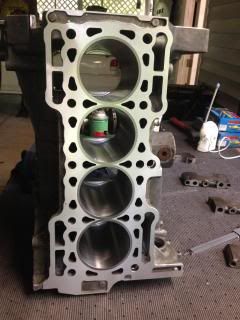
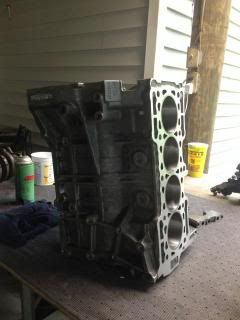

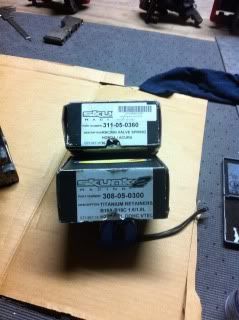
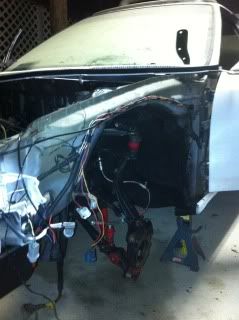
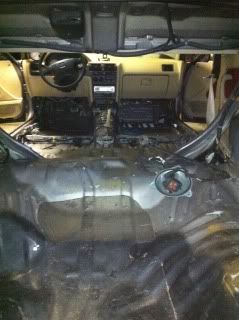
Comment